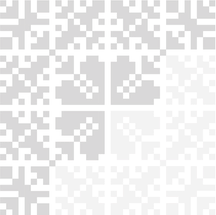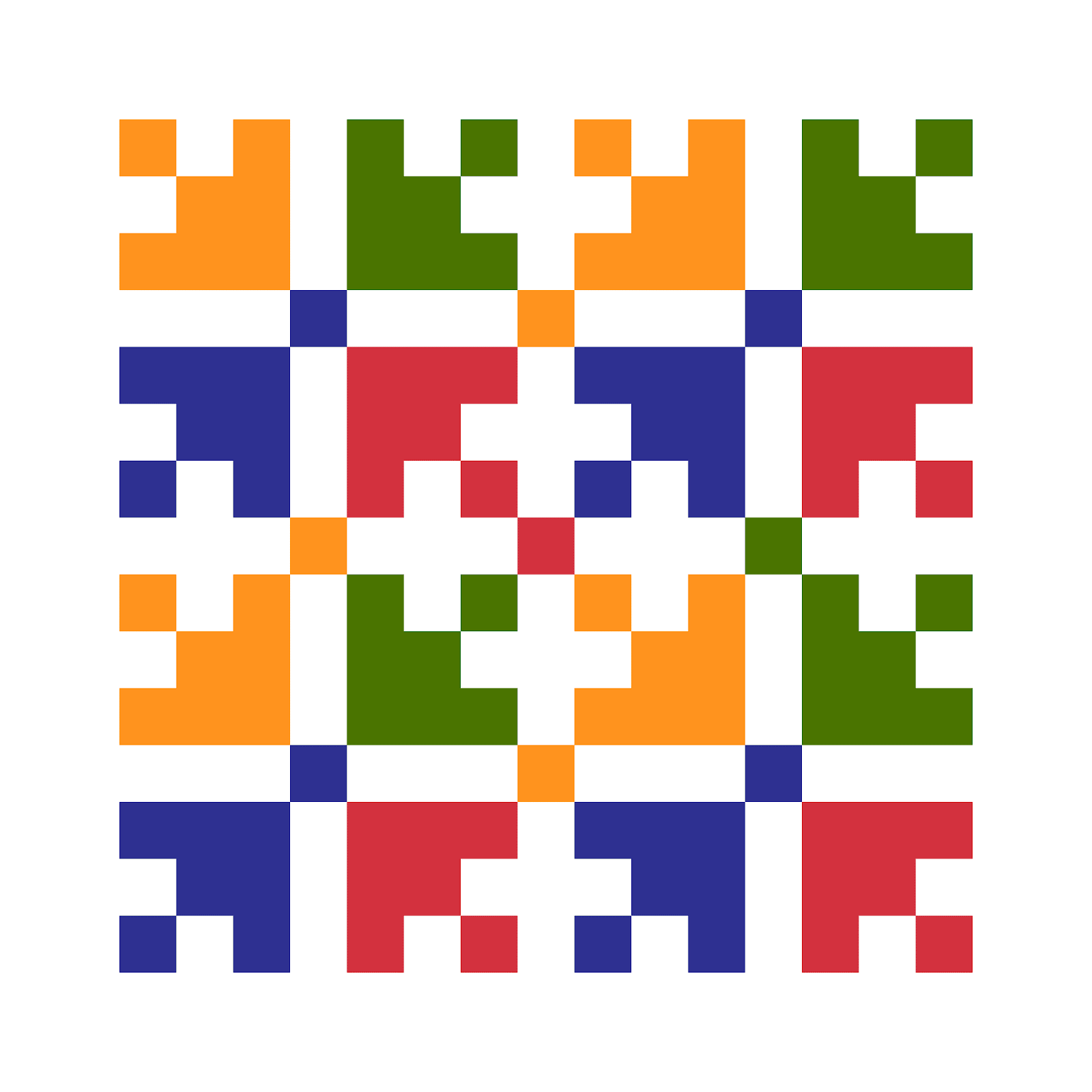C3 M1 L4 Homework
3 | Modul 1: Domaća zadaća
Kakav otac, takav sin
3 | 1 | Lekcija 4: Vjenčanje
3.1 Zadatak 11. Mlađi ili stariji?
🔊 Listen to the dialogue below and write in the missing information. When you are done, check the answers with your classmate. Not all names are present for each person. You might need to expand the table as well.
Koga ima Tomislav? - rodbina
(family relation) | (name) | ||
Tomislav ima | Zove se... | ||
Tomislav ima | Zove se... | ||
Tomislav ima | Zove se... | ||
Tomislav ima | Zove se... | ||
Tomislav ima | Zove se... |
Koga ima Tomislav? - obitelj
(family relation) | (name) | ||
Tomislav ima | Zove se... | ||
Tomislav ima | Zove se... | ||
Tomislav ima | Zove se... | ||
Tomislav ima | Zove se... | ||
Tomislav ima | Zove se... |
Place the names of his siblings in the right place (start with the youngest one on the left side):
Tomislav |
Answer the following questions in complete sentences.
1 | Ima li Tomislav mlađeg brata? |
- | |
2 | Ima li Joško stariju sestru? |
- | |
3 | Ima li Emanuela mlađeg brata? |
- | |
4 | Ima li Sanela stariju sestru? |
- | |
5 | Ima li Dubravko stariju sestru? |
- | |
6 | Ima li Sanela starijeg brata? |
- | |
7 | Ima li Dubravko mlađeg brata? |
- |
3.1 Zadatak 12. Članovi obitelji
Talk with your classmates in order to find out more about relations in his/her family. Ask about younger and older members in the family. For example:
Do you have a younger/older sister/brother? / Does your father/mother have a younger/older…
Ask at least about the following members of your classmates’ family: brother, sister, mother, father, and cousins. Based on what you discovered, write complete sentences about your classmate and his family. You will also need to know names of all the family members in order to complete the task. Example: Marko has a younger brother. His name is Toni.
Tvoj odgovor →
| Kultura
Legal components
Here are some important components related to the concept of family in Croatia, Bosnia and Herzegovina, Montenegro, and Serbia.
Croatia | Constitution of the Republic of Croatia |
Art 62, Par 2 Marriage is a living union between a woman and a man. | |
Same Sex Life-Partnership Act | |
Art 2, A life partnership is a family life relationship between two persons of the same sex, concluded before a competent body, pursuant to the provisions of this Act. | |
Bosnia and Herzegovina | Family Law of the Federation of Bosnia and Herzegovina |
Art 6, Marriage is legally regulated living union between a woman and a man. | |
Montenegro | Family Law of Montenegro |
Art 3, Marriage is based on a free decision of a man and a woman to enter into marriage, on their equality, mutual respect and mutual assistance. | |
Serbia | Family Law of Serbia |
Art 3, Marriage as a legally regulated living union between a woman and a man. |
Original version of each legal document.
Hrvatska | Ustav Republike Hrvatske |
Članak 62. Stavak 2. Brak je životna zajednica žene i muškarca. | |
Zakon o životnom partnerstvu osoba istog spola | |
Članak 2. Životno partnerstvo je zajednica obiteljskog života dviju osoba istog spola sklopljena pred nadležnim tijelom u skladu s odredbama ovoga Zakona. NN 92/14, 98/19 na snazi od 01.01.2020. | |
Bosna i Hercegovina | Porodični Zakon Federacije Bosne i Hercegovine |
Član 6. Brak je zakonom uređena zajednica života žene i muškarca. «Službene novine Federacije BiH» broj 35/05 (20.06.2005.) | |
Crna Gora | Porodični zakon |
Član 3. Brak se zasniva na slobodnoj odluci muškarca i žene da sklope brak, na njihovoj ravnopravnosti, uzajamnom poštovanju i međusobnom pomaganju. ("Sl. list RCG", br. 1/2007 i "Sl. list CG", br. 53/2016 i 76/2020) | |
Srbija | Porodični zakon |
Član 3. Brak je zakonom uređena zajednica života žene i muškarca. “Службени гласник РС”, бр. 18 од 24. фебруара 2005, 72 од 28. септембра 2011 - др. закон, 6 од 22. јануара 2015. |
3.1 Zadatak 13. Kultura
| In English
1 | How would you interpret the concept of marriage from the perspective of these four countries? What values are emphasized and promoted by these laws? |
- | |
2 | Do you find any difference between these four countries in terms of how they understand the term “marriage?” |
- | |
3 | Investigate further on your own what the situation around marriage is in these four countries. What is the situation in Bosnia and Herzegovina, Montenegro, and Serbia in terms of same-sex marriage/partnership? |
- | |
4 | Compare the situation in these four countries with your own country. What similarities/differences can you find? |
- | |
5 | Express your general opinion about the target area. |
- | |
6 | Comment on your peers’ answers. |
- |




